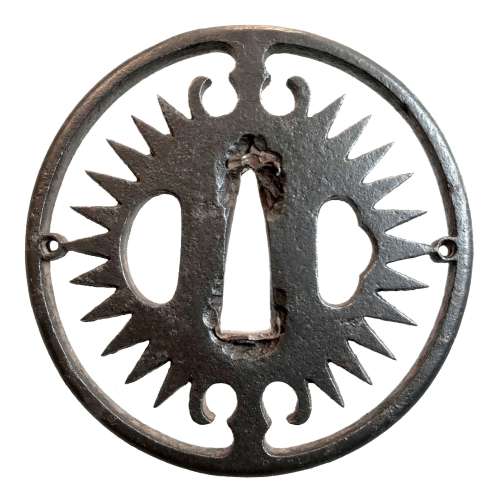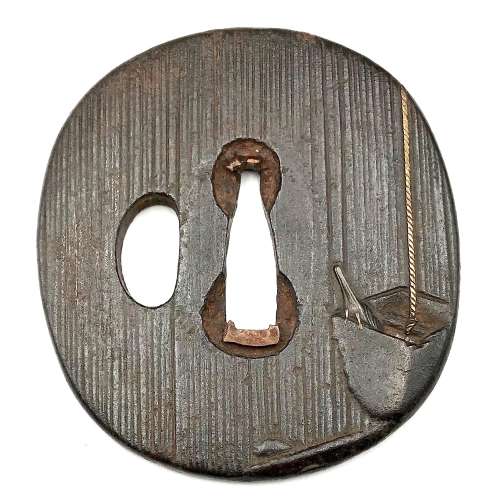Untrimmed fan print (uchiwa-e), 231 x 300 mm.
Title: A geisha eating edamame aboard the boat of the Atari-ya teahouse.
Series: Three summer women [九夏三婦久] (
Kyūka sanfuku).
Artist:
Utagawa Kunisada [歌川 国貞] a.k.a. Utagawa Toyokuni III [三代歌川豊国] (Japanese, 1786 – 1865).
Artist:
Utagawa Kunihisa II [歌川国久] a.k.a. Katsuda Hisatarō, Ichiunsai, Ritchōrō, Toyonobu, Yōryūsai, Yōsai] (Japanese, 1832 – 1981).
Block cutter:
Yokokawa Horitake [横川彫武] a.k.a.
Yokokawa Takejiro [横川竹二郎] (Japanese, fl. 1860s).
Publisher:
Ibaya Senzaburō [伊場屋仙三郎] (Japanese, fl. C. 1845 – 1847)
Combined date seal and kiwame censor seal: 1860 (Ansei 7 / Man'en 1 from 18/III).
Signed:
Toyokuni ga in toshidama cartouche, and
Kunihisa ga.
Provenance: The Collection of Paul F. Walter, Christie's, New York, 2017, lot 341; sol together with 5 other fan prints for $25,000. Before: Israel Goldman, Japanese Prints, Catalogue 9, 2003, no. 35.
Ref: [
LIB-1693.2018] The Collection of Paul Walter. — NY: Christie's, 2017, p. 363.
Ref:
Israel Goldman, Catalogue 2018, № 52: "Utagawa Kunisada (1786-1865) and Utagawa Kunihisa II (1832-1891) A Geisha Eating Edamame Aboard the Boat of the Atari-ya Teahouse. From the series Kyuka sanfuku (Three Summer Women). 1860. Fan print. 22.7 x 29.6 cm. Provenance: Israel Goldman, Japanese Prints, Catalogue 9, 2003, no. 35. The Collection of Paul F. Walter, Christies, New York, 201, lot 341. Fine impression, colour and condition. The title is a pun on “kyuka sanpuku” meaning the hottest point of the summer. The background view is by Kunisada’s pupil Kunihisa."
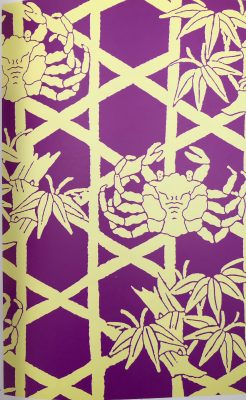


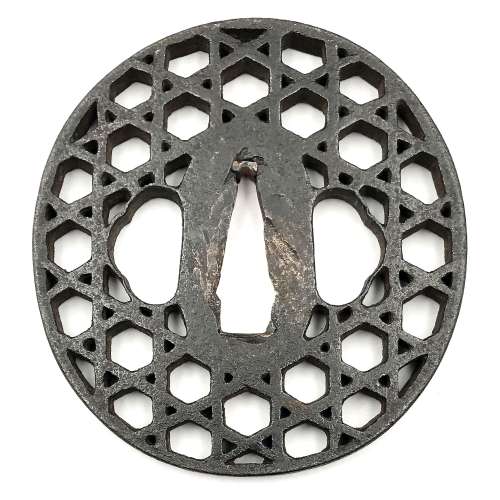






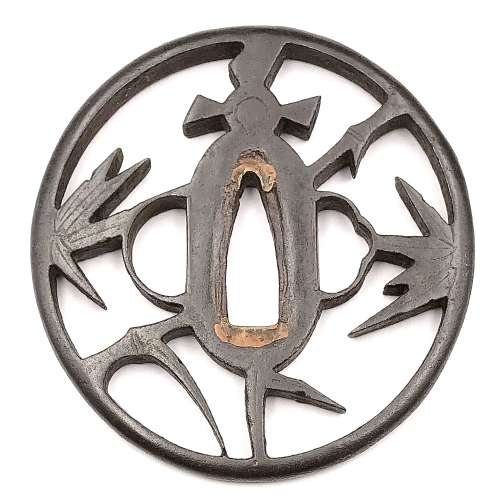











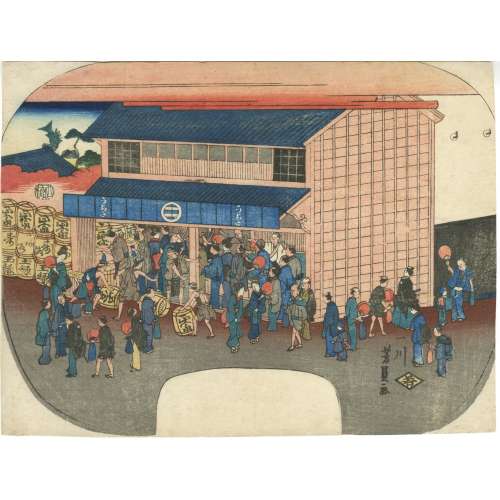

 As noted by Horst Graebner, the gentleman also resembles the character on another Kunisada's actor print, published in 1852 (Waseda University Cultural Resources Database №
As noted by Horst Graebner, the gentleman also resembles the character on another Kunisada's actor print, published in 1852 (Waseda University Cultural Resources Database № 




